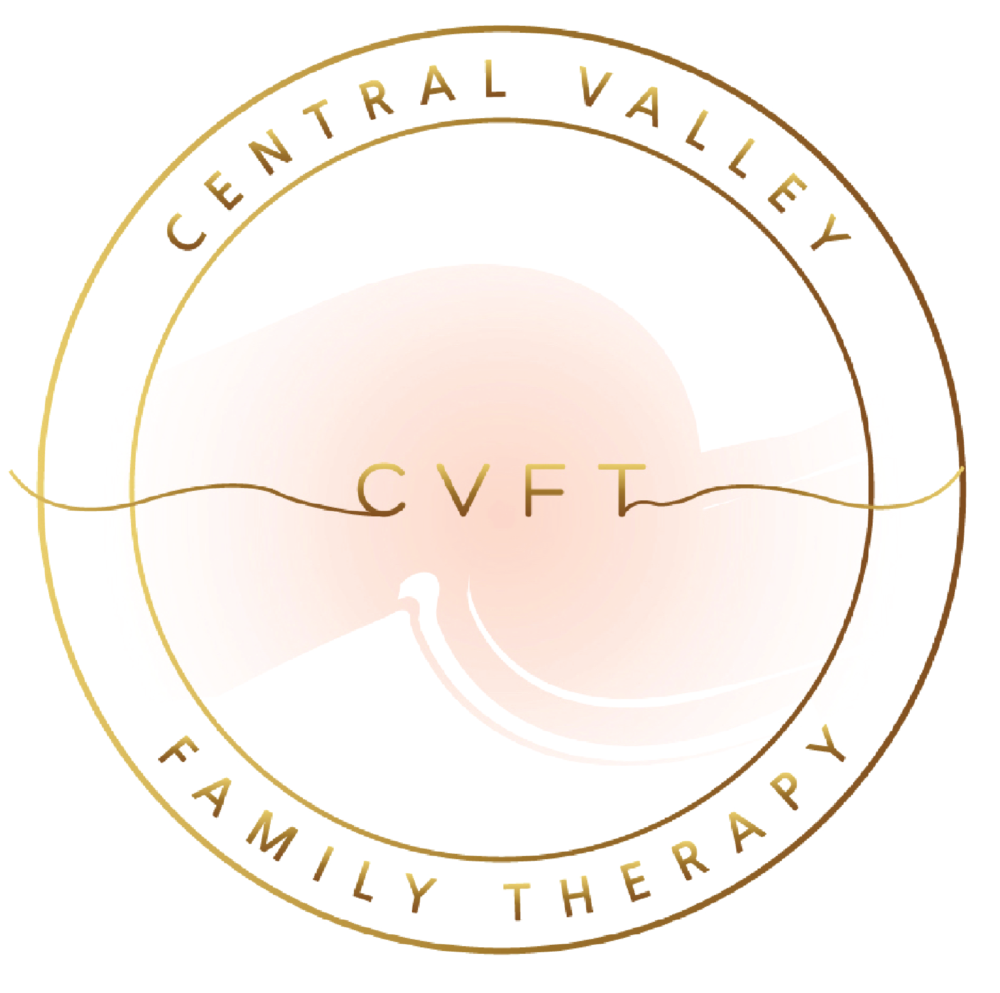We spend much of our lives answering the question “Who am I?” But more often than not, our answers are shaped by what we’ve been told, what we believe we should be, or who we need to be to feel accepted. Distinguishing your true self from your constructed identity is one of the most profound and liberating journeys in mental and emotional wellness.
The Mask We Wear: Constructed Identity
From childhood, we are given cues—both explicit and subtle—about what is acceptable and what is not. We learn:
-
“Good girls don’t get angry.”
-
“Real men don’t cry.”
-
“You’re the smart one.”
-
“You’re the problem child.”
These messages often stick. We absorb roles, expectations, and labels that shape our internal narrative. Over time, our identity becomes a patchwork of adaptations meant to earn love, approval, or safety.
This constructed self isn’t necessarily false—it’s functional. It helped us survive, belong, and navigate the world. But it isn’t the whole picture. In fact, it can block us from accessing deeper truth about ourselves.
Who You Think You Are vs. Who You Really Are
You might think you’re shy because you’ve always avoided conflict—but maybe you’re just afraid of rejection.
You might believe you’re “not creative” because someone laughed at your drawings in third grade.
You might say you’re “strong” because you never cry—but is that strength, or a learned coping strategy?
Your true self exists underneath the roles, defenses, and conditioning. It’s the part of you that:
-
Feels most alive in moments of authenticity
-
Craves alignment and peace over performance
-
Knows when something doesn’t feel right, even if you can’t explain why
The Role of Others’ Perceptions
It’s natural to care what others think—we are wired for connection. But when your sense of self is overly reliant on external validation, you begin to live someone else’s version of your life.
You may:
-
Choose a career path that impresses others, but doesn’t fulfill you.
-
Stay in relationships where you feel unseen, because you fear disappointing others.
-
Hide parts of your personality to fit in.
The irony is that the more we chase approval, the further we drift from ourselves.
Signs You’re Living From a False Self
-
You often feel exhausted from trying to “keep it all together.”
-
You struggle to make decisions without second-guessing.
-
You find yourself people-pleasing or shape-shifting to avoid conflict.
-
You feel emotionally numb or disconnected from your values.
How to Reconnect With Who You Really Are
1. Spend Time Alone (Without Distraction)
Solitude creates space for self-discovery. Journaling, meditating, or simply being still allows your inner voice to speak louder than external noise.
2. Ask: What Feels Like “Home” in Me?
Notice what lights you up, what brings peace, and what feels effortless. These are often clues to your true self.
3. Challenge Old Stories
Whose voice is in your head when you doubt yourself? Whose expectations are you carrying? Question inherited beliefs that no longer serve you.
4. Practice Radical Honesty
Start small: admit when you’re tired, when you’re hurt, or when you don’t know. Honesty with yourself is the gateway to authenticity.
5. Work With a Therapist
Therapy provides a safe space to untangle identity from conditioning. It helps you hold up a mirror to your inner world without judgment.
The Journey Is the Destination
Becoming who you truly are isn’t a one-time epiphany—it’s a lifelong process of remembering, unlearning, and reclaiming. It requires courage, compassion, and curiosity.
The good news? Your real self has been there all along. Underneath the layers, the masks, the expectations—there’s a you that is whole, worthy, and waiting to be fully seen.


Recent Comments